Musée National d’Art Contemporain de Deoksugung (국립현대미술관 덕수궁)
12.1Km 2023-06-23
99, Sejong-daero, Jung-gu, Seoul
+82-2-2022-0600
Le Centre d’Art du Palais Deoksugung a originellement été construit comme une annexe du Centre National d’Art Moderne. La structure est spécialisée dans la recherche et l’étude de l’art moderne, son but est également de proposer des expositions et de conserver des oeuvres précieuces.
Situé dans sur le site du palais Deoksugung, le centre se distingue par son ambiance unique autour des traditions. Le musée est aujourd'hui un grand complexe culturel majeure autour de l'art moderne proposant des programmes d'initiation aux arts en plus des expositions temporaires.
Théâtre national de Corée (국립중앙극장)
12.1Km 2021-07-13
59, Jangchungdan-ro, Jung-gu, Seoul-si
+82-2-2280-4114
Le théâtre national de Corée s’est ouvert en 1950, c’était alors le tout premier théâtre national en Asie. Actuellement il est le siège de quatre compagnies : la compagnie nationale de théâtre, la compagnie nationale Changgeuk, la compagnie nationale de danse et la compagnie de l’orchestre national. Le théâtre se divise en quatre salles, dont la plus grande est la salle Haeoreum. Elle possède une capacité de 1500 sièges et des équipements d’éclairage et de son modernes. L’espace prévu entre les sièges et le plus large de tous les théâtres du pays et permet un comfort inégalé. Daloreum, la plus petite des salles contient 450 sièges. Le répertoire qui y est joué est permanent. La salle Byeoloreum situé dans un bâtiment annexe est unique car sa scène et ses sièges sont adaptables aux différents type de spectacle. Tous les équipements y sont démontables et sa capacité est de 100 places. C’est la salle dédiée aux spectacles expérimentaux ou d’avant-gardes, on la réserve aussi pour les spectacles uniques. La salle est dotée d’un équipement son dernier-cri et d’un système d’éclairage portable. Les concerts en plein air et les festivals déstinés pour les jeunes se tiennent là.
Le théâtre national abrite de nombreuses installations pour le confort du spectateurs, si vous souhaitez obtenir des informations sur les spectacles et l’achat des billets rendez-vous au centre d’information aux clients, au rez-de-chaussée (salle Haeoreum).
Au premier étage se trouve une salle d’exposition présentant différents costumes et accessoires de théâtre. On peut ainsi y voir l’histoire du théâtre coréen.
Au sous-sol se trouve 'Jihwaja' un restaurant de cuisine de palais, 'The Sun and the Moon' un restaurant coréen de style fusion, et un hall pour les réceptions après les concerts. Le hall offre une vue magnifique sur Namsan, pensez donc à y passer.
Parc de Namsan à Séoul (남산공원(서울))
12.1Km 2021-10-28
231, Samil-daero, Jung-gu, Seoul
+82-2-3783-5900
Le parc Namsan, situé dans le centre de Séoul, est réputé pour constituer un espace vert de nature tout en étant un lieu privilégié pour la relaxation. Le lieu permet aussi de pratiquer diverses activités sportives, de réaliser de belles promenades, et aussi de visiter la tour Namsan via le téléphérique pour une vue panoramique de la capitale.
Hall de Jungmyeongjeon (중명전)
12.2Km 2024-12-18
41-11, Jeongdong-gil, Jung-gu, Seoul-si
+82-2-752-7525
Le Hall Jungmyeongjeon est situé à côté du théâtre Chongdong. On peut y accéder facilement en longeant le mur de pierre du Palais Deoksugung. Ce bâtiment de trois niveaux de style occidental, conçu par l’architexte russe Seredin Sabatin, a accueilli la bibliothèque impériale entre 1897 et 1901. Il était connu à l’origine sous le nom de Suokheon.
Après l’incendie du Palais Deoksugung, le Hall Jungmyeongjeon est devenu le bureau principal de l’empereur Gojong pour y discuter des affaires nationales et y accueillir les dignitaires étrangers. Ce bâtiment a également été le témoin des heures les plus tragiques de l’histoire, avec la signature de l’infâme traité de Eulsa, instaurant le protectorat entre le Japon et la Corée.
Le Hall Jungmyeongjeon se trouvait à l’origine dans l’enceinte du Palais Deoksugung, mais il a été ensuite séparé du palais lorsqu’un mur de pierre a été construit entre les deux. Il présente un style architectural coréen moderne, mais malheureusement, il a perdu une grande partie de sa structure originale à l’exception de son extérieur à cause d’un incendie en 1925. Après la libération du joug japonais le 15 août 1945, le Hall Jungmyeongjeon a eu différents usages. En septembre 2006, la propriété du Hall Jungmyeongjeon est passée à l’Administration des Biens Culturels, et il a été classifié comme appartenant au Palais Deoksugung en tant que Site Historique n° 124 en février 2007.
Observatoire de Jeongdong (정동전망대)
12.2Km 2022-08-18
15, Deoksugung-gil, Jung-gu, Seoul
+82-2-120
L'observatoire Jeongdong se situe au 13ème étage de la tour Seosomun de l'hôtel de ville. On trouve dans l'observatoire un café où chacun peut profiter d'une boisson rafraîchissante. Sur les murs ducafé, les visiteurs peuvent apprécier d'anciennes photos de Jeongdong. L'observatoire est connu pour offrir de belles vues sur le palais Deoksugun.
Grand magasin Shinsegae (Myeongdong, siège social) (신세계 백화점- 본점)
12.2Km 2024-06-03
63, Sogong-ro, Jung-gu, Seoul-si
+82-1588-1234
Shinsegae a été originellement inauguré comme le magasin Gyeongseong de la chaîne japonaise Miskosi en 1930. Après la libération de la Corée, il est devenu le grand magasin coréen Donghwa. Racheté par le groupe Samsung, il a été renommé « Shinsegae » à l’issue d’une enquête publique.
Le siège social du premier grand magasin coréen se situe au centre de Séoul, dans le quartier Chungmuro, et il est en tête des grands magasins du pays depuis les 70 dernières années.
Bien que situé à Chungmuro, il est considéré comme se trouvant à Myeongdong, car il se situe dans la zone commerciale de celui-ci.
La construction du nouveau bâtiment sera achevée en 2005. Jusque-là, seul le bâtiment principal sera ouvert. Bientôt, la station du métro Hoehyeon mènera au grand magasin. Quoique moins connu, ce grand magasin est plus luxueux et calme, comparé à son homologue Lotte qui se trouve à proximité.
Bâtiment principal
5F (4ème étage) : vêtements pour la maison, articles de cuisine
4F (3ème étage) : mode homme
3F (2ème étage): mode femme
2F (ler étage) : mode jeune
1F (rez-de-chaussée) : accessoires
B1F (ler sous-sol) : produits alimentaires
B2F-B3F (2 ème et 3 ème sous-sols): parking
Nouveau bâtiment
5F (4ème étage) : électroménagers
4F (3ème étage) : golf, sport
3F (2ème étage): costumes pour femmes
2F (ler étage): salle de spectacles, lunettes de soleil, pianos
1F (rez-de-chaussée): rayon pour enfants, lingerie, chaussures
Horaires d'ouverture 10h30 ~ 20h00 (jusque 20h30 en cas de prolongement)
Théâtre Jeongdong (정동극장)
12.2Km 2021-01-15
43, Jeongdong-gil, Jung-gu, Seoul
+82-2-751-1500
Le théâtre Jeongdong que vous pouvez trouver sur le chemin du
Deoksugung Doldamgil est un lieu de culture ouvert dans notre quotidiens. Le
théâtre Jeongdong est un théâtre vénérable
qui a une idée de restitution du premier théâtre contemporain
specialise au Pansori, le Wongaksa, créé en 1908. Après
la création du théâtre Jeongdong en 1995, divers performences
artistiques ont été mises en scène pour les citoyens.
Avec
la mise en scène du spectacle musical traditionnel "Chunhyangyeonga"
en 2010 et la performence "MISO" qui a terminé avec succès,
le théâtre est devenu un endroit que nombreux coréens et
touristes étrangers cherchent.
*Ouvert le 17 juin 1995
Musée du Textile et des Dessus de Lit Chojun (초전섬유ㆍ퀼트박물관)
12.3Km 2023-01-12
29, Toegye-ro 16-gil, Jung-gu, Seoul-si
+82-2-753-4074~5
Le Musée du Textile et des Dessus de Lit a ouvert le 17 octobre 1998 avec comme objectif de préserver les techniques des dessus de lit en patchwork traditionnels coréens, techniques s’oubliant de plus en plus, et d’exposer des textiles d’autres pays. Situé à Namsan-dong, dans le centre de Séoul, il s’agit du seul musée exposant des arts du textile locaux et étrangers.
YES24 Live Hall (예스24라이브홀)
12.3Km 2025-07-18
20, Guchonmyeon-ro, Gwangjang-dong, district de Gwangjin, Séoul
Ouvert en 2006, le YES24 Live Hall est une salle de concert professionnelle qui propose au public une grande variété de spectacles. Conçu par Shibuya AX, légende des salles de spectacle au Japon, le YES24 Live Hall s’étend sur une superficie d’environ 4 950 m². Il est équipé d’un matériel professionnel permettant d’accueillir aussi bien des concerts assis que des concerts debout.
Le YES24 Live Hall joue le rôle de lieu de spectacle pour des concerts d’artistes nationaux et internationaux, ainsi que pour des événements d’entreprises et d’établissements scolaires.
Au deuxième étage se trouve une cafétéria où il est possible de faire une courte pause. Le YES24 Live Hall ne dispose pas de parking et aucun espace de stationnement n’est prévu, il est donc recommandé d’utiliser les transports en commun. Le YES24 Live Hall est situé à environ 400 mètres de la sortie 2 de la station Gwangnaru.
Seoul Gyeonggyojang (서울 경교장)
12.3Km 2021-06-22
29, Saemunan-ro, Jongno-gu, Seoul
+82-2-735-2038
Situé a Pyeong-dong, Jongno-gu, Seoul, c’est
un lieu historique ayant servi de bureau et lieu de résidence de Kim Gu, indépendantiste
et chef du gouvernement provisoire coréen, depuis son retour de Chine de
novembre 1945 jusqu’à son assassinat le 26 juin 1949. Avec le Ihwajang de Lee
SeungMan et le Samcheongjang de Kim GyuShik, Gyeonggyojang fait partie des 3
lieux qui ont vu la naissance de la fondation de la République de Corée. Choi
ChangHak, exploitant de mine d’or, bâtit cette maison au style architectural japonais
de 875m² (un sous-sol, et
deux étages en surface) sur un terrain de 5 235m² et la nomma Jukcheomjang. Après la date
d’indépendance du 15 août, Choi ChangHak offra cette résidence à Kim Gu qui
renomma cette demeure au nom japonais par le nom Gyeonggyojang tiré du nom d’un
pont se situant à proximité. En 1968 l’hôpital Goryeo, actuel Gangbuk Samsung,
racheta cette résidence pour l’intégrer dans son centre hospitalier.
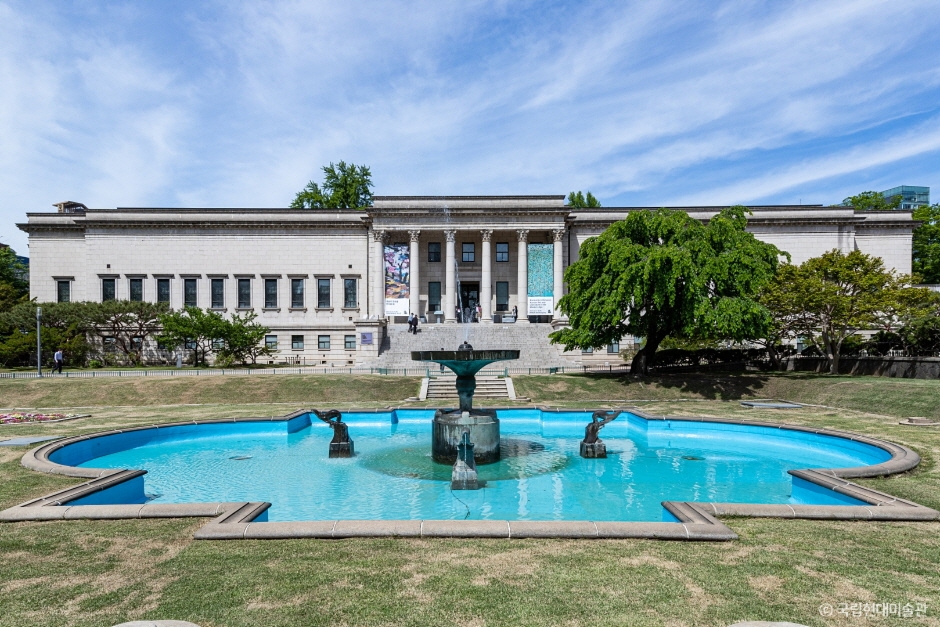
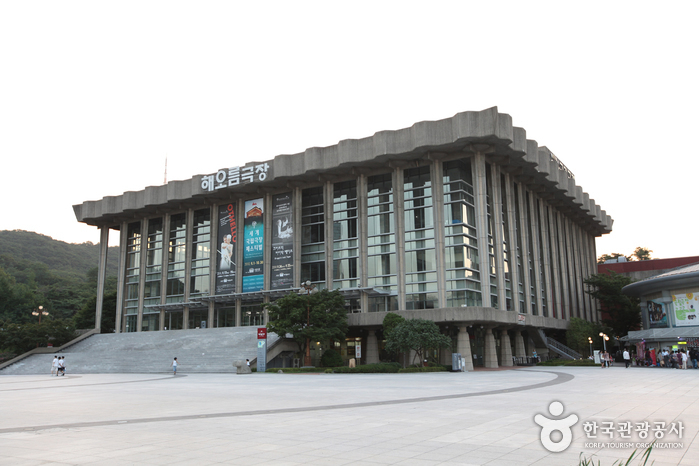
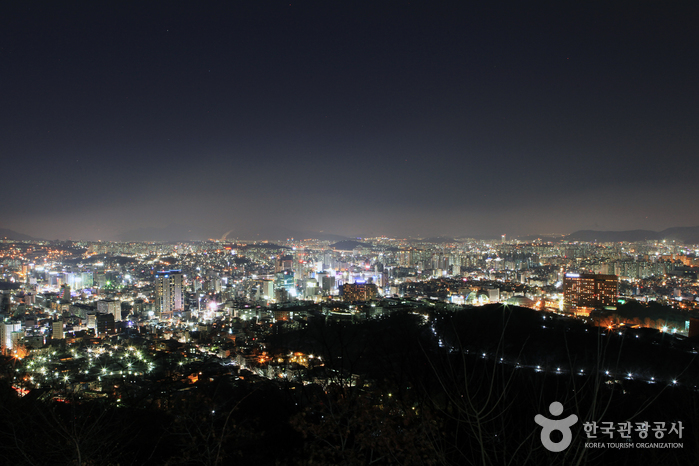
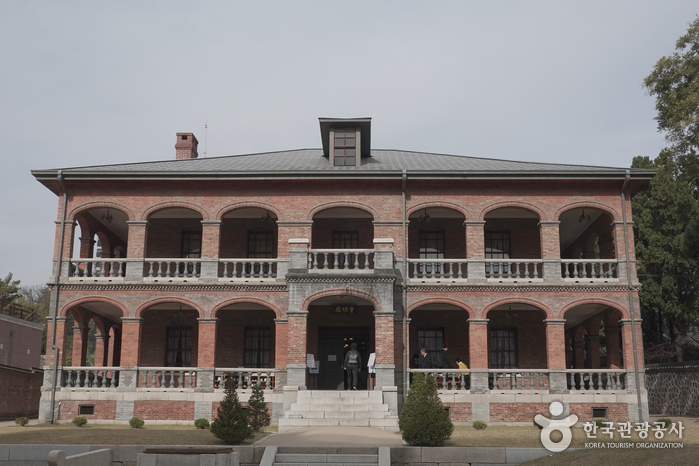

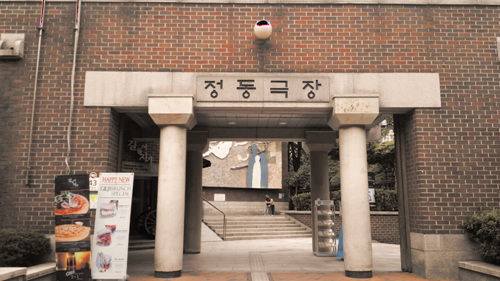
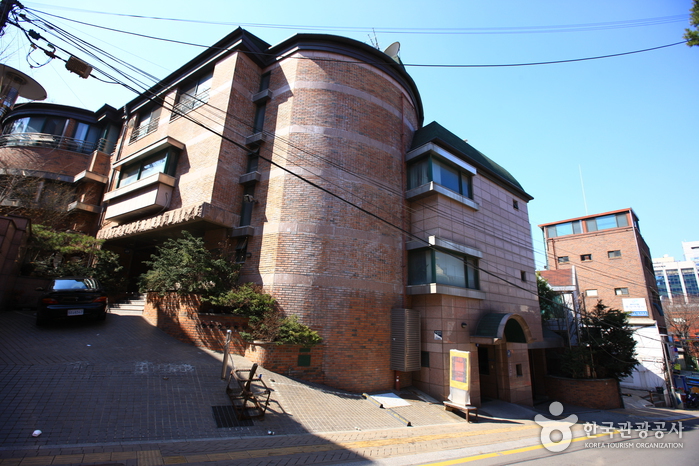
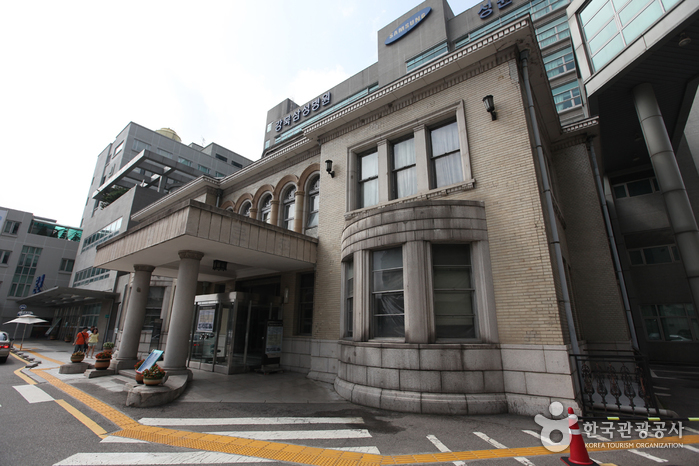
 Français
Français
 한국어
한국어 English
English 日本語
日本語 中文(简体)
中文(简体) Deutsch
Deutsch Español
Español Русский
Русский